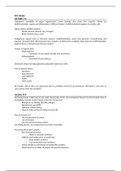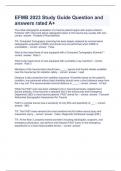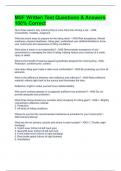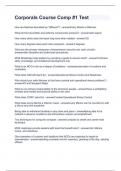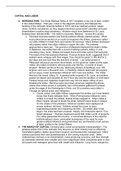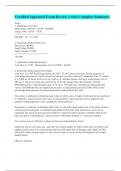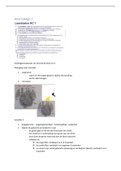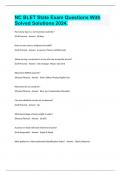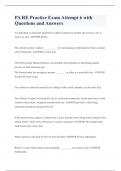Resume
PPH-30306 | Plant Cell and Tissue Culture Summary [WUR]
- Cours
- Établissement
- Book
Summary of the course Plant Cell and Tissue Culture [PPH-30306], a master course given at the Wageningen University. Due to corona, the summary might be different in some aspects compared with the 'before-corona time'. The summary include information about the lectures, online practicals and mandat...
[Montrer plus]
